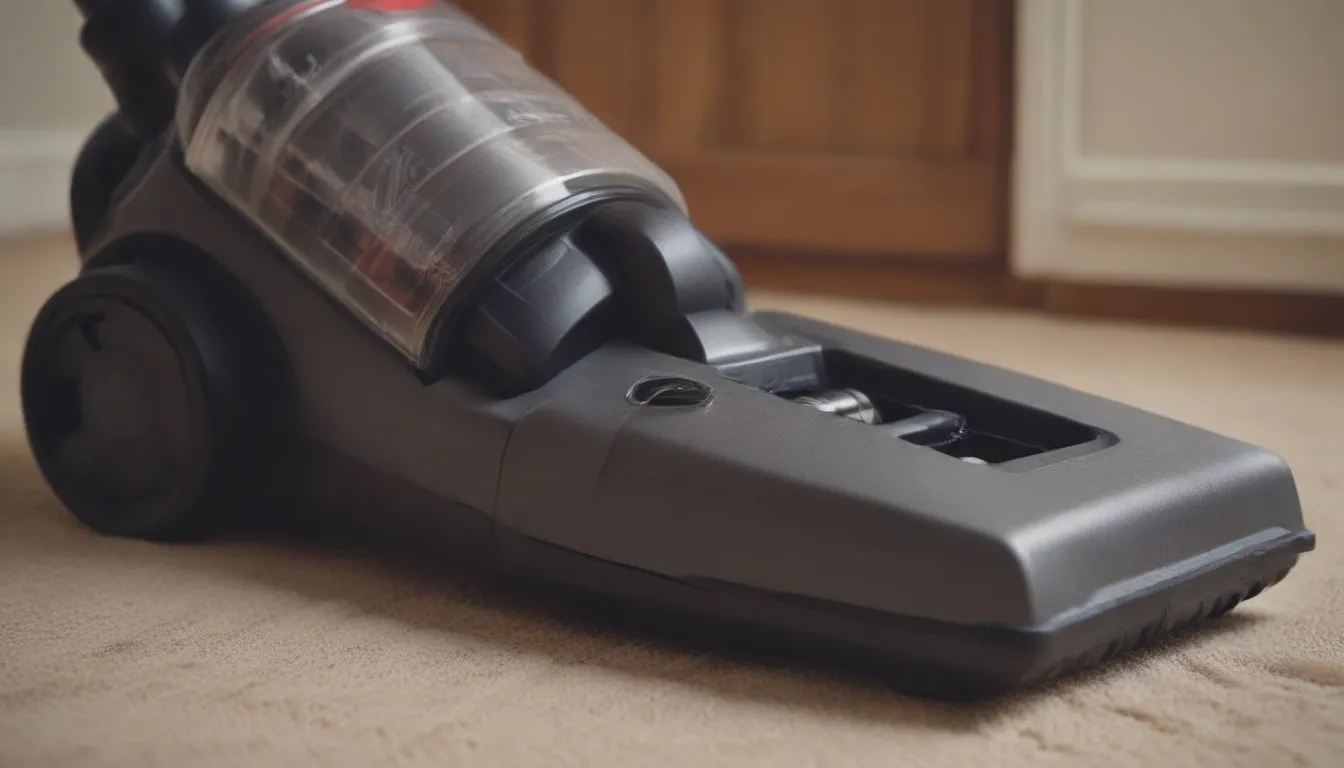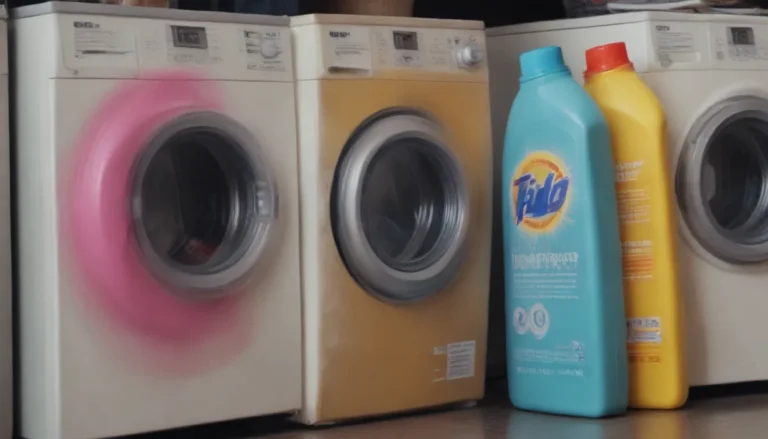How to Restore Your Vacuum Cleaner’s Suction Power: Comprehensive Guide

We’ve all been there – you’re all set to give your home a thorough cleaning, only to discover that your vacuum cleaner has lost its suction power. Before you rush out to purchase a new one, let’s walk through some troubleshooting steps to help you fix your vacuum cleaner yourself. Let’s delve into how you can restore your vacuum cleaner’s suction power with these helpful tips.
Introduction to the Problem
When your vacuum cleaner suddenly stops picking up dirt and debris effectively, it can be frustrating. But fear not, as there are several common reasons why this might be happening. From clogged hoses to damaged belts, we’ll explore the various issues that could be affecting the suction power of your vacuum cleaner.
Adjust the Height Setting
One of the most basic yet vital steps in maintaining your vacuum cleaner’s suction power is adjusting the height setting. Different types of flooring require different height settings for optimal performance. Here’s how you can adjust the height setting:
- Lower settings work best for hard flooring like wood or tile.
- Use a higher setting for carpets with a deeper pile.
Unclog the Hose
Hair and dirt buildup can easily clog the hose of your vacuum cleaner and prevent proper suction. Follow these steps to unclog the hose:
- Detach the hose from the machine.
- Use a flashlight to look for any obstructions.
- Use a thin broom or brush handle to dislodge any blockages.
Seal Cracks in the Hose
If there are cracks in the hose of your vacuum cleaner, it can lead to a loss of suction power. Follow these steps to seal cracks in the hose:
- Check both the inside and outside of the hose for cracks.
- Use silicone tape to tightly wrap over the affected area.
Empty the Full Bag or Canister
An overflowing bag or canister can also hinder the suction power of your vacuum cleaner. Follow these guidelines to empty the bag or canister:
- For canister vacuums, empty the canister after each use.
- Replace the bag in bag vacuums according to the manufacturer’s recommendations.
Untangle the Rollers
The brush rollers in your vacuum cleaner play a crucial role in picking up debris. Make sure to untangle any hair or yarn stuck in the rollers to ensure optimal suction power. Here’s how to do it:
- Turn the vacuum over to access the rollers.
- Use scissors to cut and remove any tangled hair or yarn.
Look for a Damaged Belt
A damaged belt might be the culprit behind your vacuum cleaner’s loss of suction power. Here’s how you can check and replace the belt:
- Check if the belt is broken or if the rollers are not spinning.
- Refer to the manufacturer’s instructions for replacing the belt.
Check for a Damaged Fan Blade
A blocked fan blade can also impede the suction power of your vacuum cleaner. Follow these steps to check and clean the fan blade:
- Use a flashlight to inspect the fan blade for blockages.
- Remove any dust buildup or objects using gloves or a small brush handle.
Clean the Air Filter
Regularly cleaning or replacing the air filter of your vacuum cleaner is essential for maintaining suction power. Here’s how you can clean the air filter:
- Follow the manufacturer’s instructions for cleaning the air filter.
- Replace the air filter if it is excessively dirty or has been cleaned multiple times.
Additional Tips
While most suction issues can be resolved with the above solutions, there may be instances where you need professional assistance. If none of the troubleshooting steps work, consider contacting a vacuum repair company for further assistance.
Remember to refer to your vacuum cleaner’s owner’s manual for specific instructions and recommendations from the manufacturer.
Conclusion
Restoring your vacuum cleaner’s suction power doesn’t have to be a daunting task. By following these troubleshooting tips and performing regular maintenance, you can keep your vacuum cleaner running smoothly for years to come. Don’t let a loss of suction power derail your cleaning routine – tackle the issue head-on with these practical solutions.





